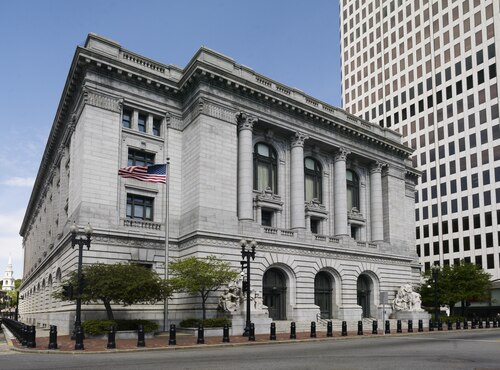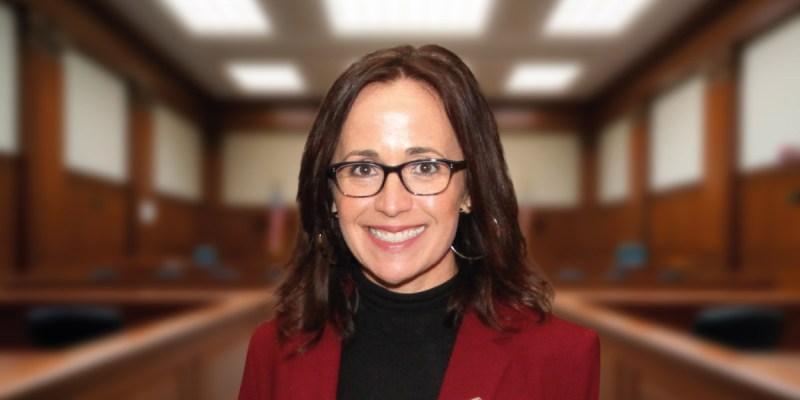New York City’s tourism industry generates $70 billion annually and supports over 400,000 jobs. Yet almost all of that is concentrated in Manhattan, while the outer boroughs lose out. This imbalance leaves enormous potential untapped at a moment when our city needs new revenue streams, New Yorkers need jobs and small businesses can use the tourism dollars. Short-term rentals, which dropped by over 90% after the city imposed a near-ban on them two years ago, offer a pathway to bring visitors – and their spending – back into neighborhoods across the city. With fair and balanced rules, like those proposed in Intro. 1107, short-term stays of under 30 days and hotels can complement one another, attracting more visitors overall, spreading them across all five boroughs and creating a cycle of growth that strengthens our communities.
As the owner of hotels in Queens, I’ve seen how New York City’s soaring hotel costs – often exceeding $600 per night in Manhattan – price out families, budget travelers and international visitors. For many, those prices don’t just push them away from Midtown hotels. Sometimes these tourists are priced out of New York entirely. The result is lost revenue that could be flowing into local shops, restaurants and attractions across the outer boroughs. At the same time, storefronts from Flushing to Flatbush to the North Shore of Staten Island struggle to keep their doors open without the steady stream of visitors that makes the city hum.
A balanced approach that allows both hotels and short-term rentals is the responsible way to ensure New York remains accessible and welcoming to every kind of traveler. Intro. 1107 offers a sensible way forward. The proposal, backed by outer borough homeowners and the city’s chambers of commerce, would restore balance by updating the restrictive rules and allowing responsible home sharing in primary homes. It’s not about putting hotels against short-term rentals or taking away homes from the long-term housing market – it’s about giving New Yorkers fair rules that ensure every borough can benefit from tourism. At a time when the city faces fiscal shortfalls and small businesses are fighting to stay afloat, no one can afford to leave this opportunity on the table.
Other cities show this model works. Chicago and Austin, for example, allow hotels and short-term rentals to operate side by side. They embrace that hotels play a critical role in serving business travelers and those seeking traditional accommodations. Short-term rentals, meanwhile, can suit families, budget-conscious travelers and visitors seeking to stay outside of tourist hubs. Rather than hurting hotels, short-term rentals have helped draw new groups of travelers to these cities who might not have visited otherwise. Being a hotelier means more than bottom-line profits – it means doing what is needed to bring more visitors and visitor spending to businesses within the community. This balanced approach has lifted overall occupancy and increased tourism spending. Win-win!
The benefits extend beyond economics. A Midwest family might forgo New York if the only option is paying thousands of dollars for Manhattan hotel rooms, but an affordable short-term rental in Queens could make their trip possible. They could spend their days exploring Astoria’s renowned food scene, visiting Citi Field and in the process strengthening the neighborhoods that draw tourists to our city in the first place. These kinds of trips enrich neighborhoods, build lasting connections and share New York’s cultural heritage with the world.
The New York City Council has a chance to strengthen New York’s position as the world’s most welcoming destination by passing Intro. 1107. With fair rules that allow both hotels and short-term rentals to thrive, we can ensure that every borough, not just Manhattan, shares in the economic and cultural rewards of tourism. Let’s make every neighborhood a destination, and ensure New York City communities grow stronger together.



































